RADAR - Wrapping up the year with the fourth Study Visit in Austria
12-12-2019
On December 4-5, 2019, in Vienna, Austria, the RADAR project partner Austrian Road Safety Board KfV, implemented Study visit on Thematic Area 4 – infrastructure safety of roads passing or in the neighbourhood of schools.
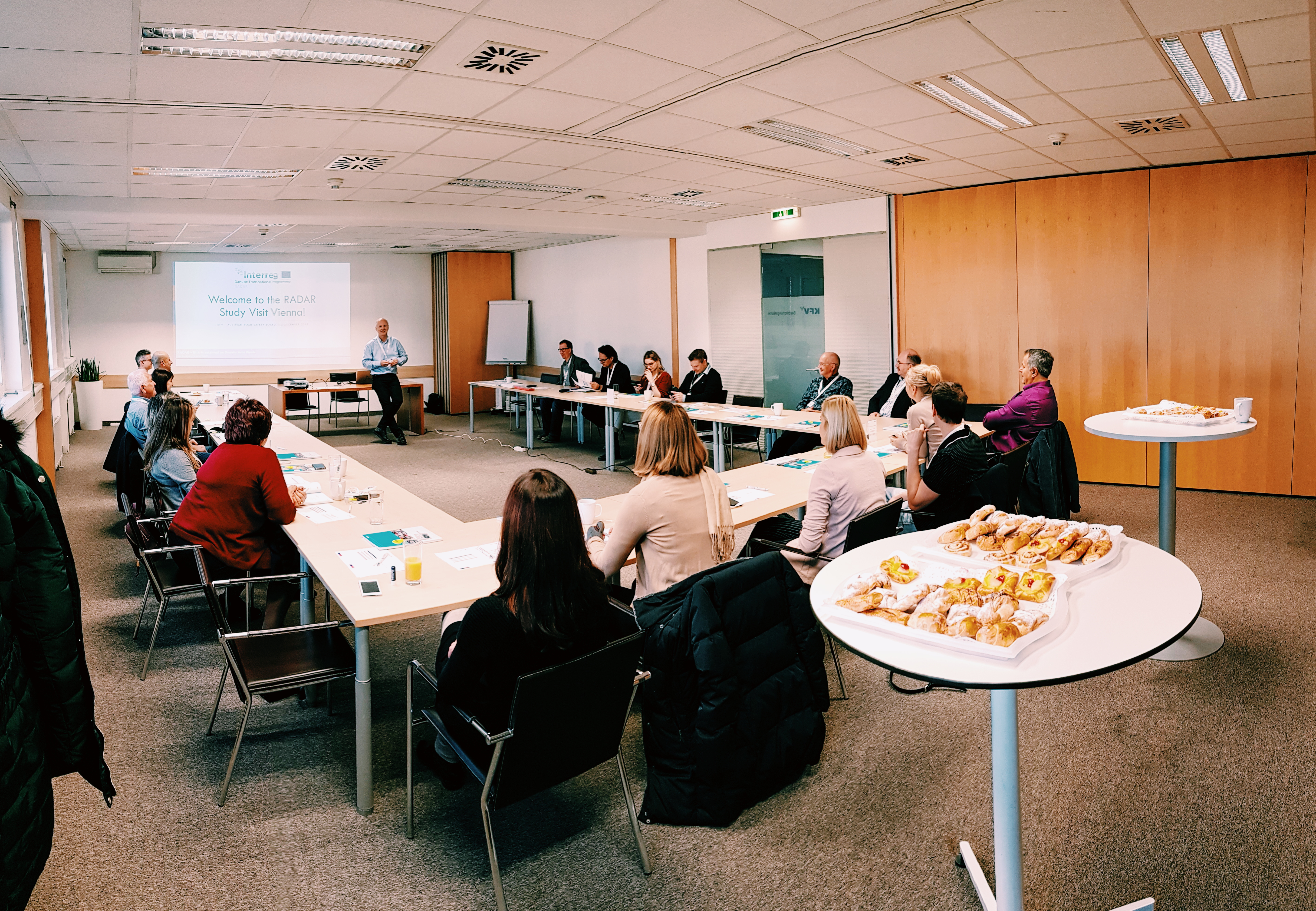
The purpose of this study visit was to hear about good practices in road safety near schools and to focus on concerns of injury collisions on roads as they pass through villages and past developments and particularly schools in and around Vienna, Austria. In addition, also other examples of good road safety practices relevant to the RADAR project consortium were presented.
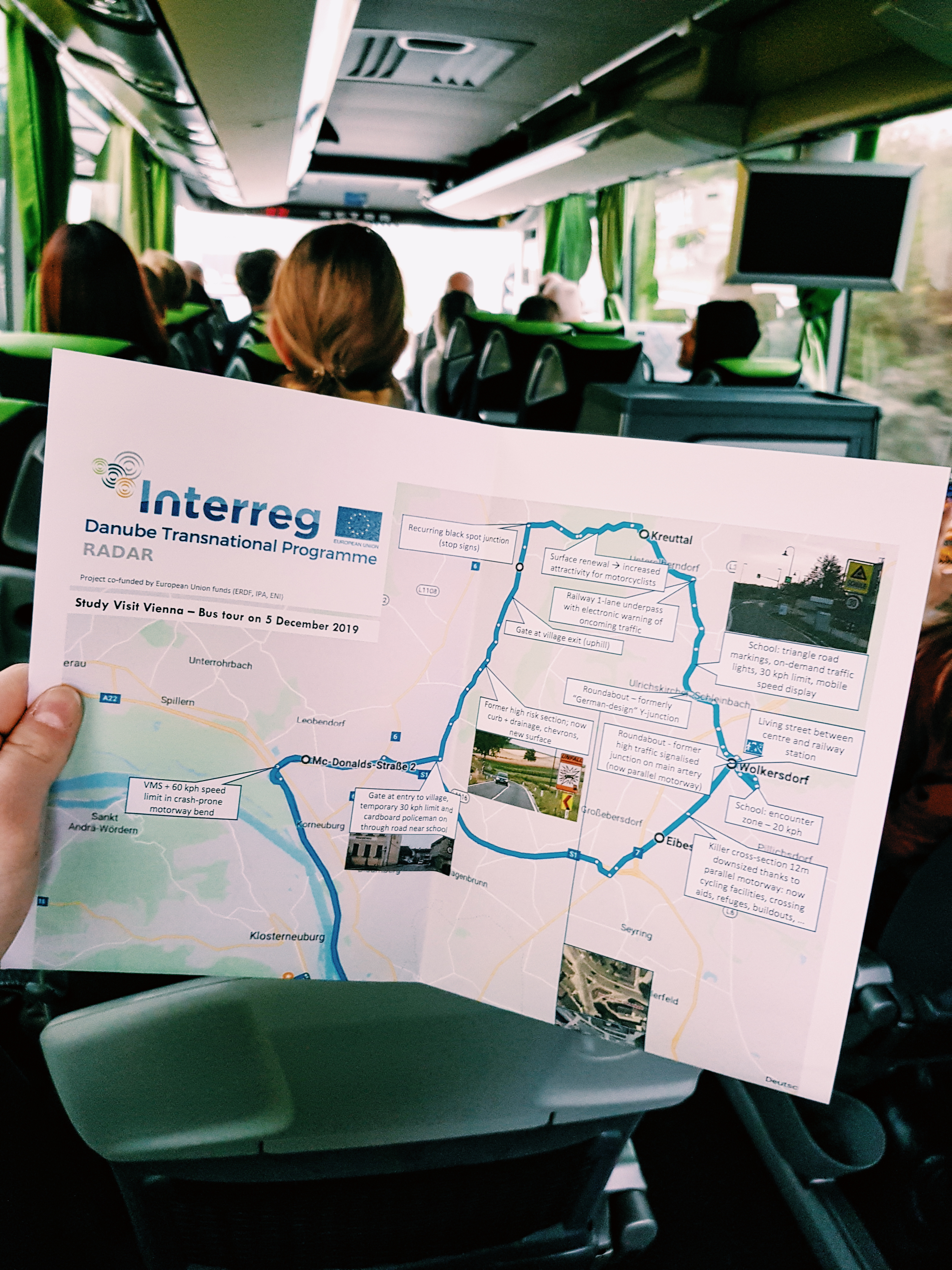
Children nowadays are increasingly transported by car and walk less frequently than they did in the past. This has a number of negative effects, e.g. on their physical development, and is also reflected in altered injury patterns in health statistics. Consequently, consideration should be given as to how – from an infrastructure perspective – the areas around schools and nurseries can be made attractive, safe and pedestrian-friendly.
Since many parents consider the road situation in the vicinity of schools to be too “unsafe”, the number of schoolchildren being driven to school by car is steadily increasing. The consequences of this trend are increased volumes of car traffic outside schools and a deterioration in road safety in the vicinity of schools. It also deprives schoolchildren of the opportunity to gradually gain experience in the use of more environmentally friendly modes of transport (e.g. public transport, cycling, walking) and safe road use.
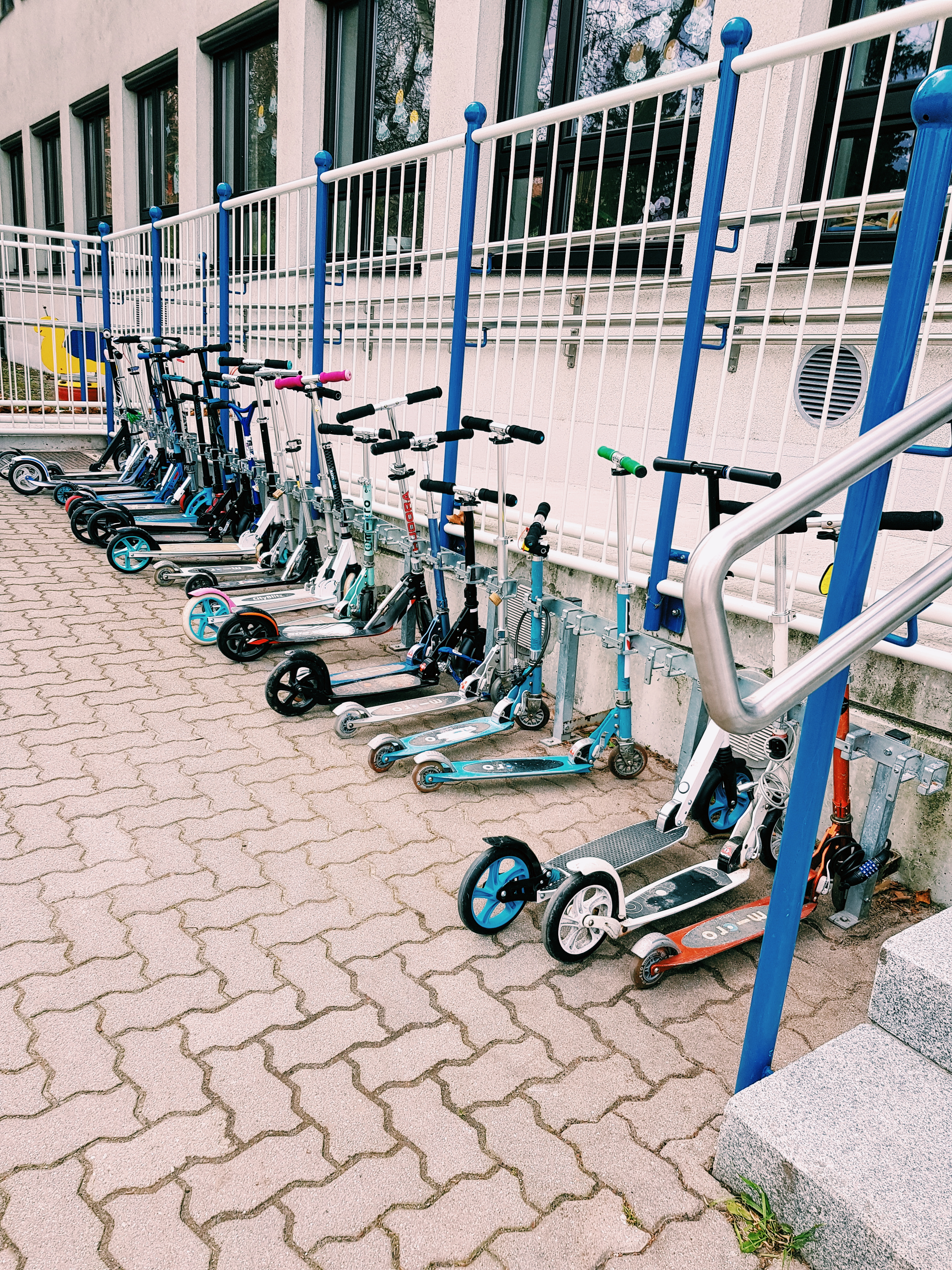
Despite the comparatively low number of children involved in accidents, child safety should be further intensified at all levels, was agreed on the RADAR project consortium. Especially in the autumn and winter months, when it is often dark when children walk to and from school. Apart from darkness, parked cars, complex junctions and objects on the road can make children more difficult to spot in traffic areas.
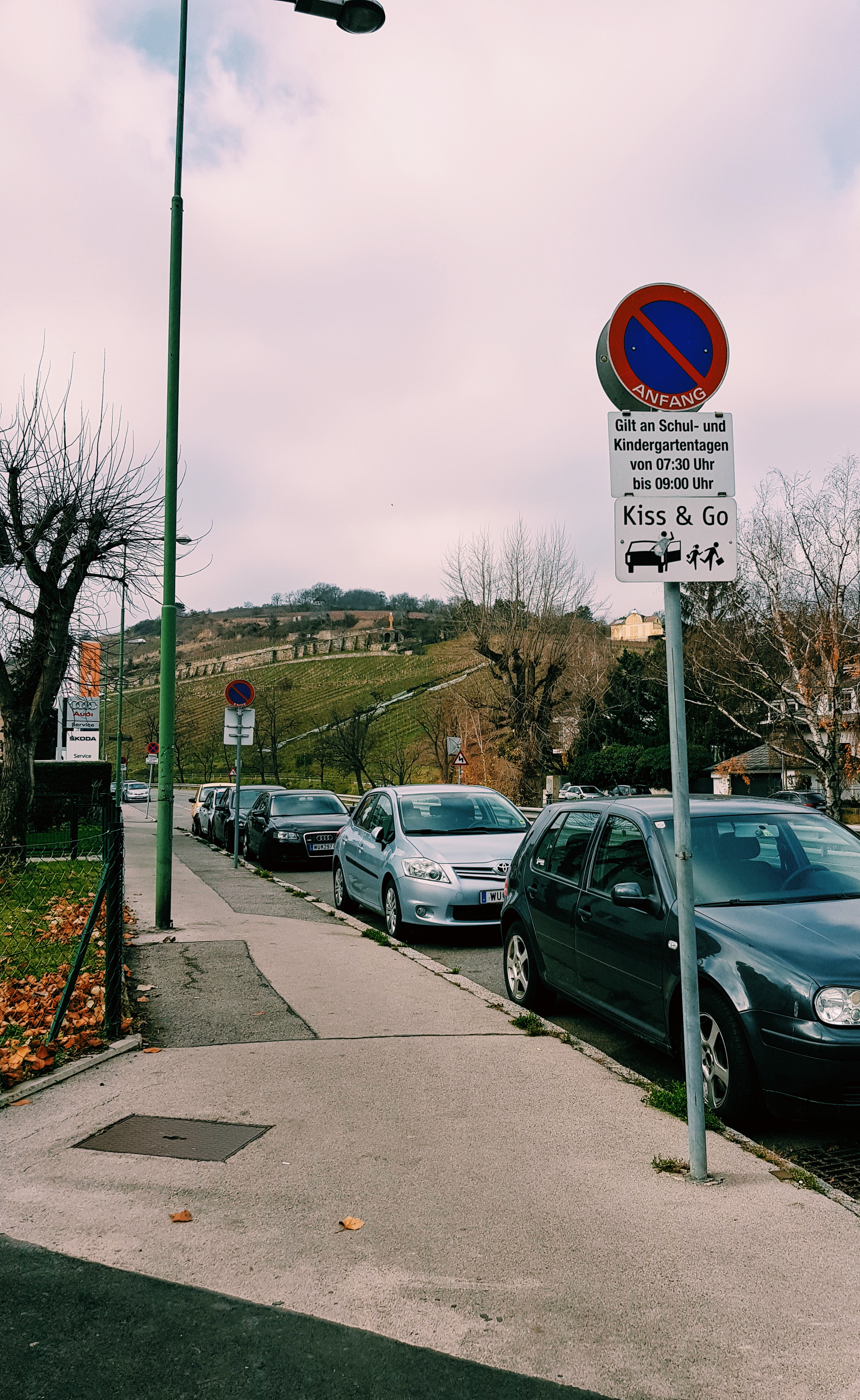
As seen in Vienna, these are the good examples of infrastructure safety of roads passing or in the neighbourhood of schools:
- Elementary school: Kiss & Go, play street, pedestrianisation, self-made warning signs
- Gate at the entry to the village, temporary 30 kph and cardboard policeman on through road near the school
- School: triangle roads markings, on-demand traffic lights, 30 kph limit, mobile speed display
Another thought on the fourth study visit in Vienna, Austria, was that today’s schoolchildren are tomorrow’s public transport users, cyclists, and motorists; educating them in road safety can have a significant influence on the future distribution of these modes of transport.

Although the fourth study visit in Vienna focuses mainly on infrastructure safety of roads passing or in the neighbourhood of schools, our partner Austrian Road Safety Board presented good practices that recap all previous study visits in Slovenia, Croatia, United Kingdom, and Hungary. The participants of the study visit appreciated all the good practices and examples as well as successfully implemented countermeasures on:
- General road sections safety and maintenance upgrading using Safer Roads Investment Plans (SRIP)
- Provisions for vulnerable road users (pedestrians and cyclists)
- ITS, speed management and traffic calming approaches
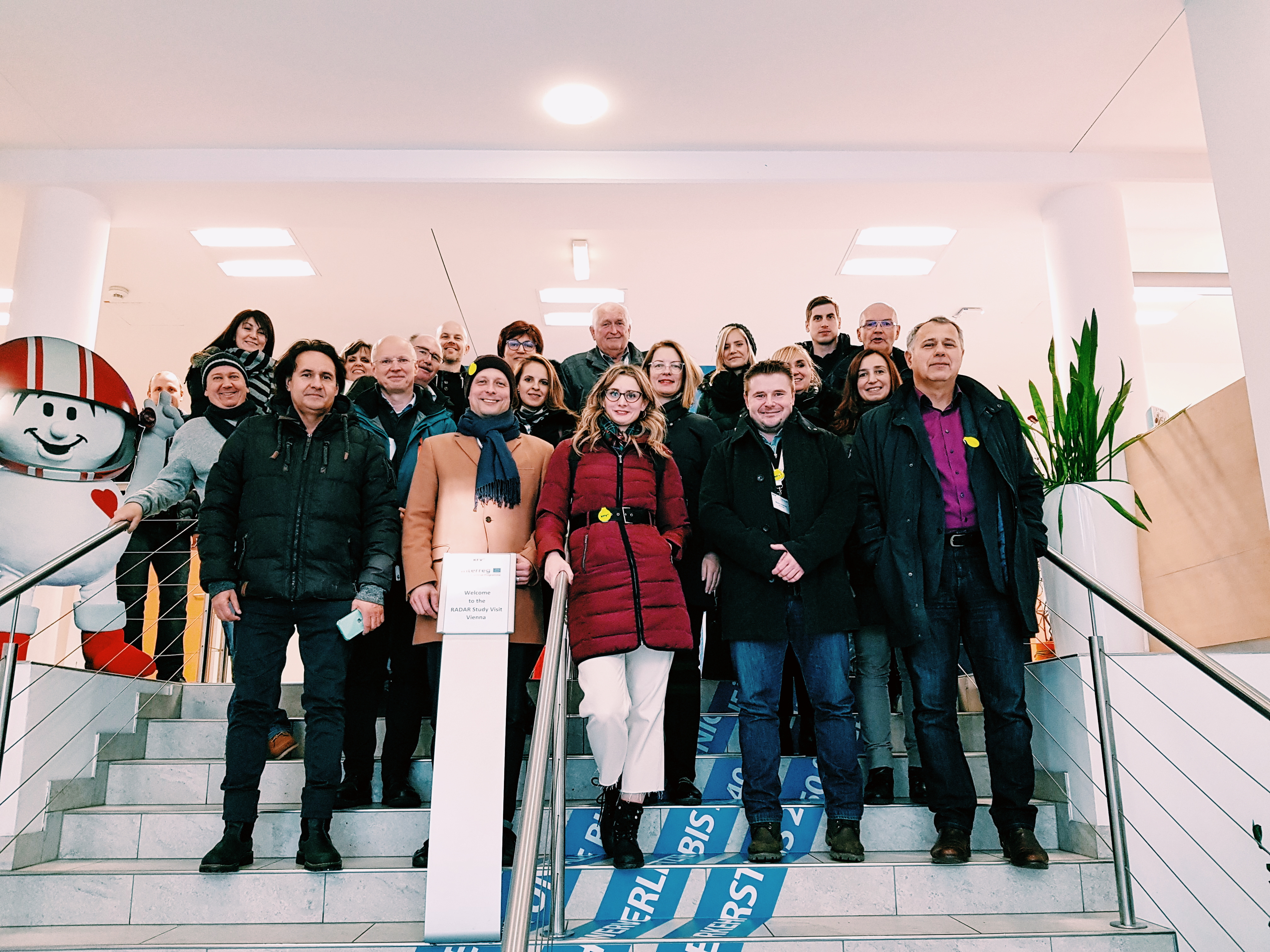
Find HERE for the first day and HERE for the second day of the great examples of all four thematic areas through which RADAR gave practical demonstrations of road safety layout concept solutions.

